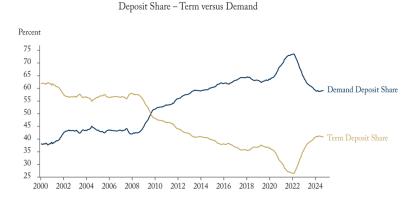In this edition of Graphic Intelligence, we show the percentage of minimum wage workers, and their distribution according to individual characteristics in Alberta, Ontario, Quebec, and British Columbia for the first quarter of 2018.
Alberta increased its minimum wage to $15 per hour last week, while Ontario halted the previously planned increase to $15 per hour, which begs the question: What are the impacts of increasing minimum wages? And who does it impact?
We find that the profile of minimum wage workers differs by province and by certain worker characteristics. Ontario has the largest percentage of minimum wage workers, with students under the age of 24 and dual income earners between the ages of 24 and 64 equally accounting for the largest portions. In British Columbia and Quebec, students and non-students under the age of 24 form the largest and second-largest minimum wage groups, respectively. In Alberta, the highest percentage of minimum wage workers in the first quarter of 2018 was comprised of dual income earners (although the distribution may now be different following the increase in the minimum wage).
This diversity in minimum wage earners by province highlights the importance of targeting benefits and income support in ways that address certain economic circumstances, such as using an earned income tax credit of equal value to a wage hike funded from general revenues, which are derived from a broader tax base.
To learn more about the impacts of minimum wage increases and possible targeting methods to relieve the resulting distributional impacts, read our Intelligence Memo “Is the minimum wage the best tool?” by Grant Bishop.




